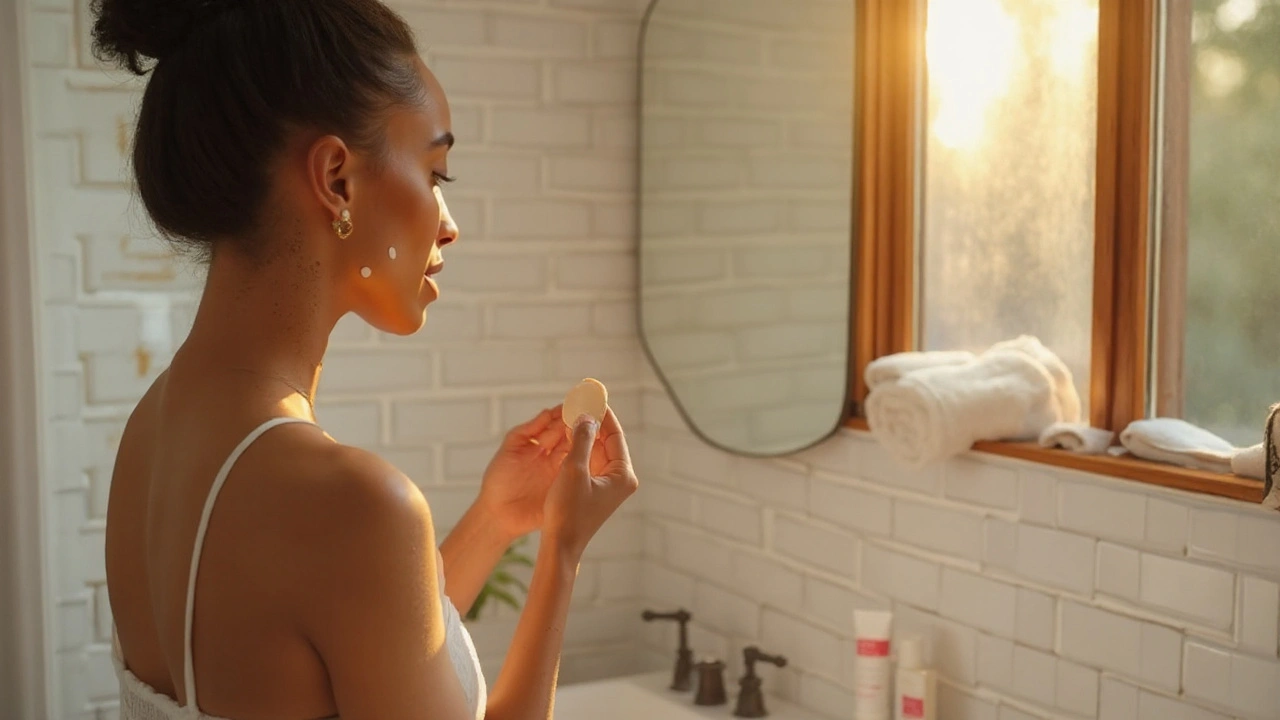UK Skincare: What’s Hot and How to Shop Safely
Living in the UK means dealing with rain, wind and occasional harsh sun. Your skin routine needs to handle those conditions without breaking the bank. Below are the real‑world tips you can start using today.
Know the Rules, Keep the Risks Low
The UK follows strict guidelines set by the Medicines and Healthcare products Regulatory Agency (MHRA). If a product claims to treat a skin condition, it must be approved. Look for the MHRA logo or a clear statement that the cream is a cosmetic, not a drug. This simple check stops you from buying untested stuff online.
When you shop on a website, verify that they ask for a prescription for anything that looks like a medication. Posts on our site about buying medicines online stress the same idea – use trusted pharmacies that display a valid UK licence.
Top Ingredients British Consumers Love
Hydrating ingredients such as hyaluronic acid and glycerin dominate the shelves. Brits also trust niacinamide for brightening and barrier repair. If you have sensitive skin, look for added oat extract or panthenol; they calm irritation caused by the weather.
Clean beauty is growing fast. Brands are ditching parabens, sulphates and artificial fragrances. You’ll see “vegan” and “cruelty‑free” labels more often, but don’t forget to read the full list – some vegan‑claimed products still hide hidden irritants.
For anti‑ageing, retinol stays a favourite, but the UK market now offers lower‑strength options (0.1‑0.3%) that are easier on new users. Pair it with a good sunscreen because the British sun can still cause damage, especially after a beach day.
Where to Find Quality Products
High‑street stores like Boots and Superdrug carry the big names and often have staff who know the MHRA standards. If you prefer online, stick to well‑known retailers that ship from UK warehouses. They usually list batch numbers and expiry dates, which helps you verify authenticity.
Some niche brands sell directly from their websites. Before you click “Buy”, search for reviews that mention packaging quality and whether the company provides a clear return policy. Our guide on buying medicines online highlights the same red‑flag signs – vague contact info, unbelievably low prices, and no clear prescription requirement.
Discount sites can be tempting, but remember that cheap often means counterfeit. If a deal sounds too good to be true, it probably is. A small extra cost for a reputable source is worth the peace of mind.
Simple Routine for British Weather
Morning: Cleanser (gel for oily, cream for dry), toner with a bit of niacinamide, serum (hyaluronic acid), moisturizer with SPF 30. Evening: Cleanser, gentle exfoliant 2‑3 times a week, retinol or peptide serum, richer night cream.
Don’t skip the sunscreen just because it’s cloudy – UV rays still penetrate. A lightweight lotion works under makeup without feeling greasy.
Finally, do a patch test on your inner forearm whenever you try a new product. Wait 24 hours; if no redness appears, you’re good to go. This habit saves you from unexpected breakouts.
With these basics, you can navigate the UK skincare scene confidently. Stick to regulated sellers, pick ingredients that suit your skin type, and keep your routine simple enough for everyday life.

